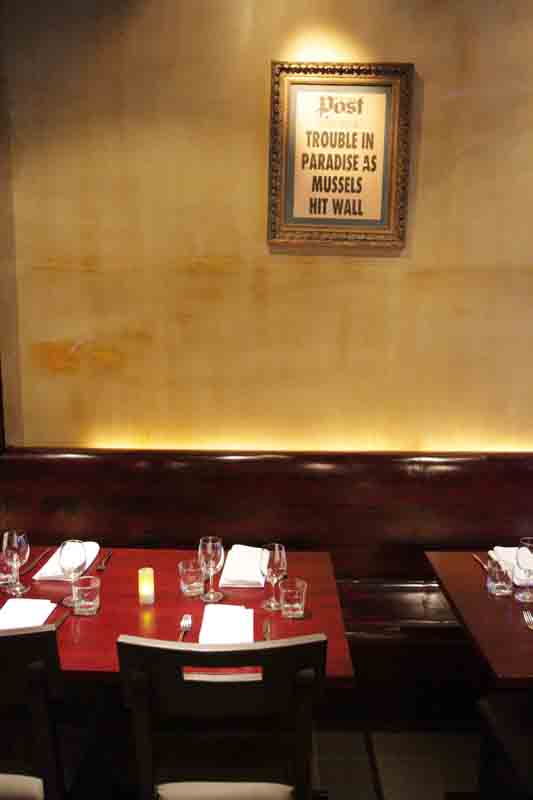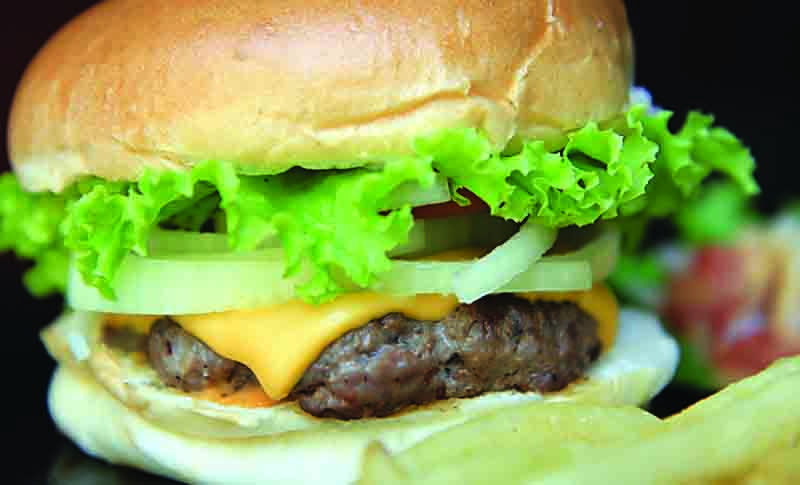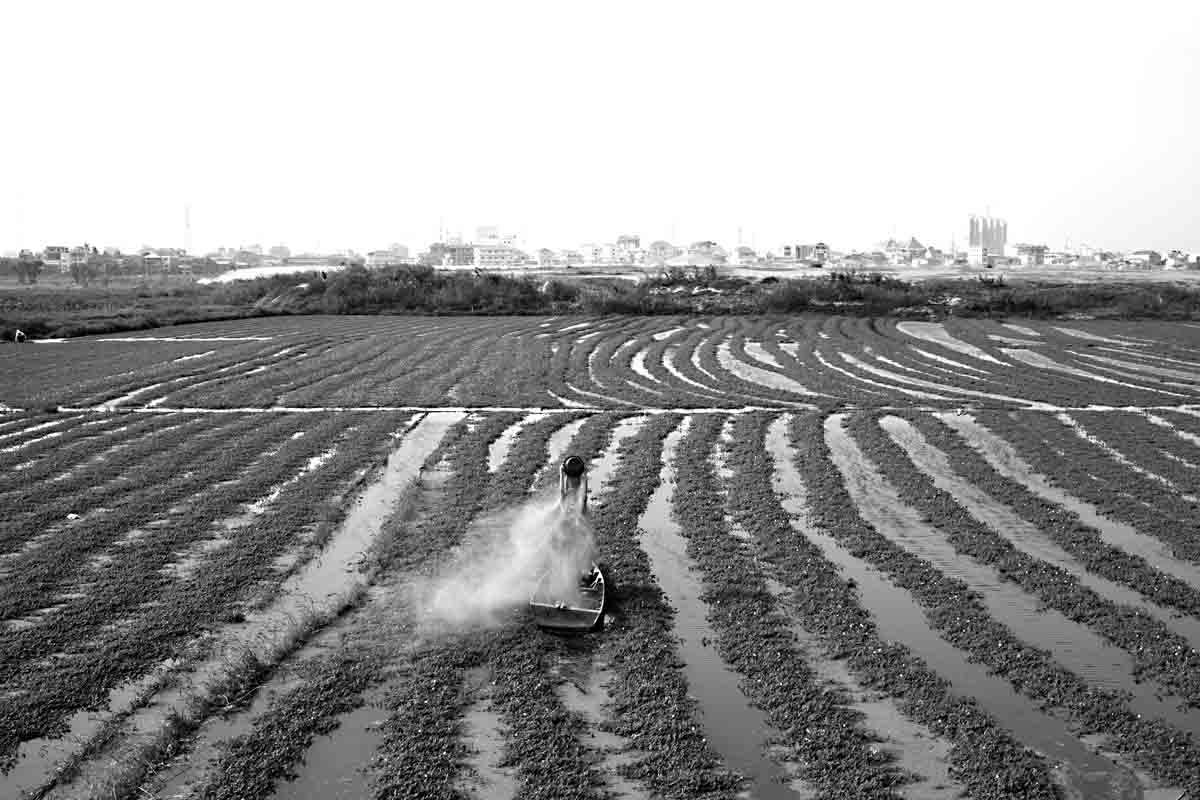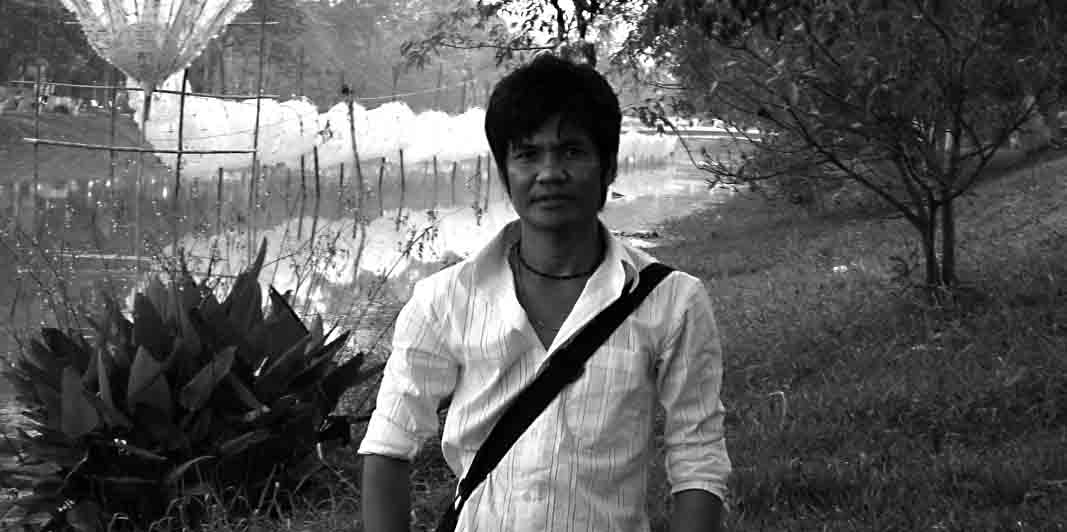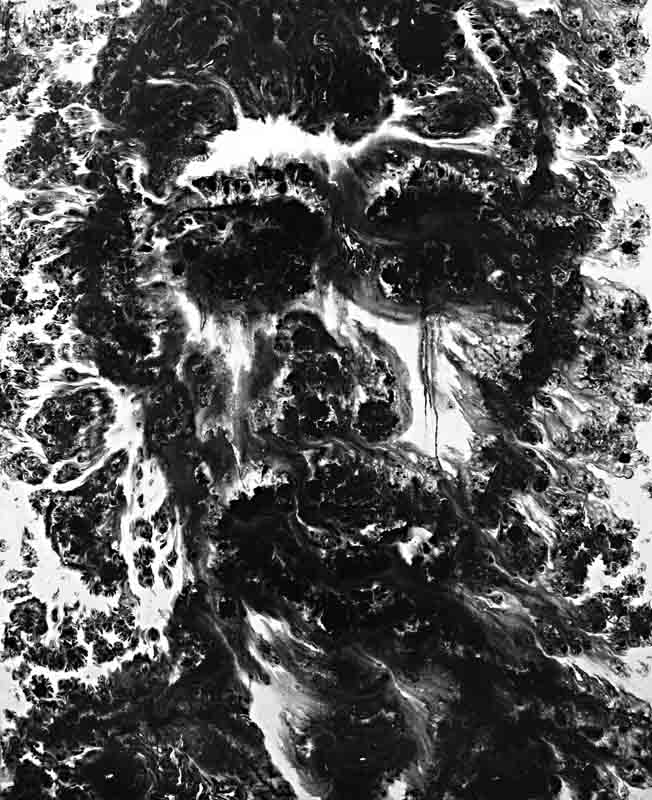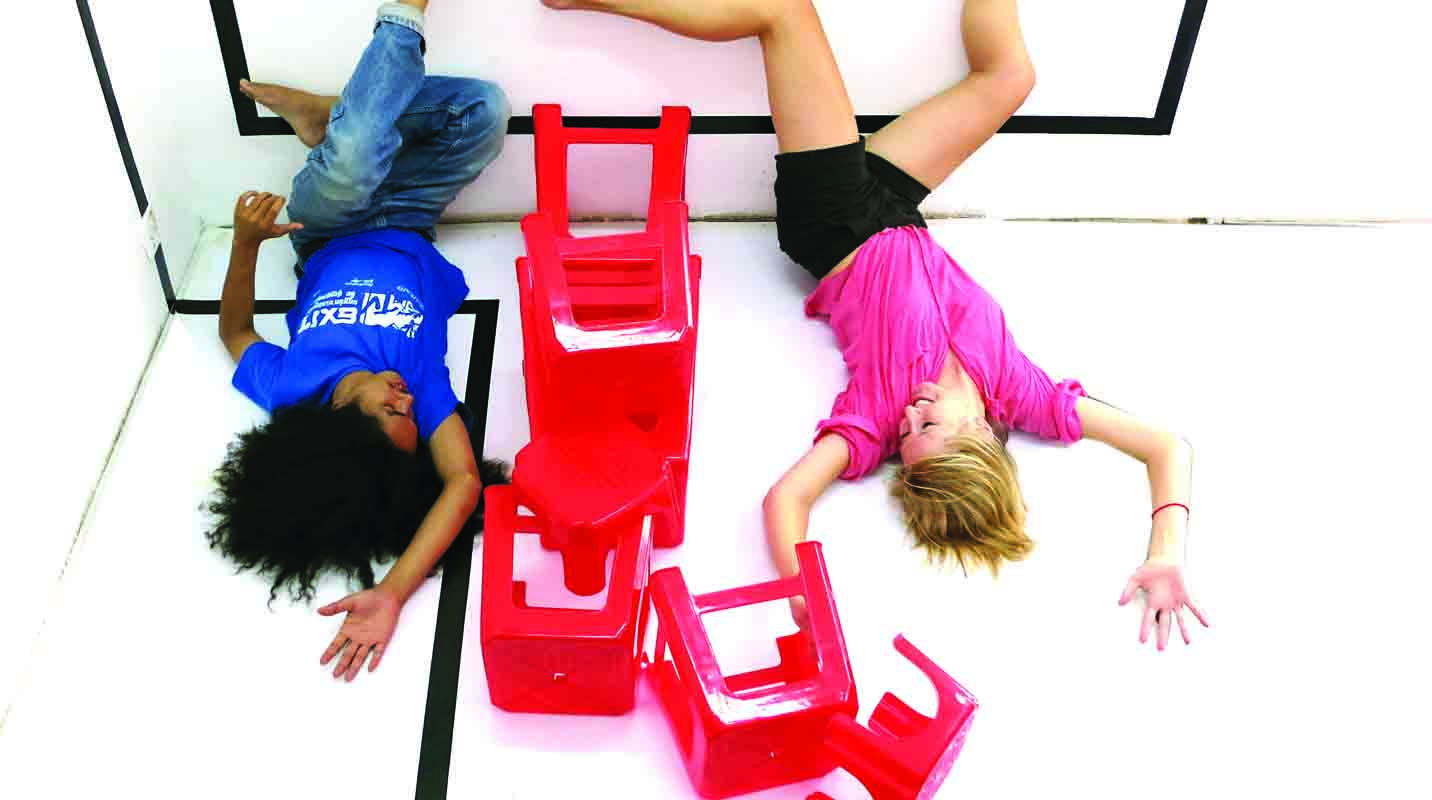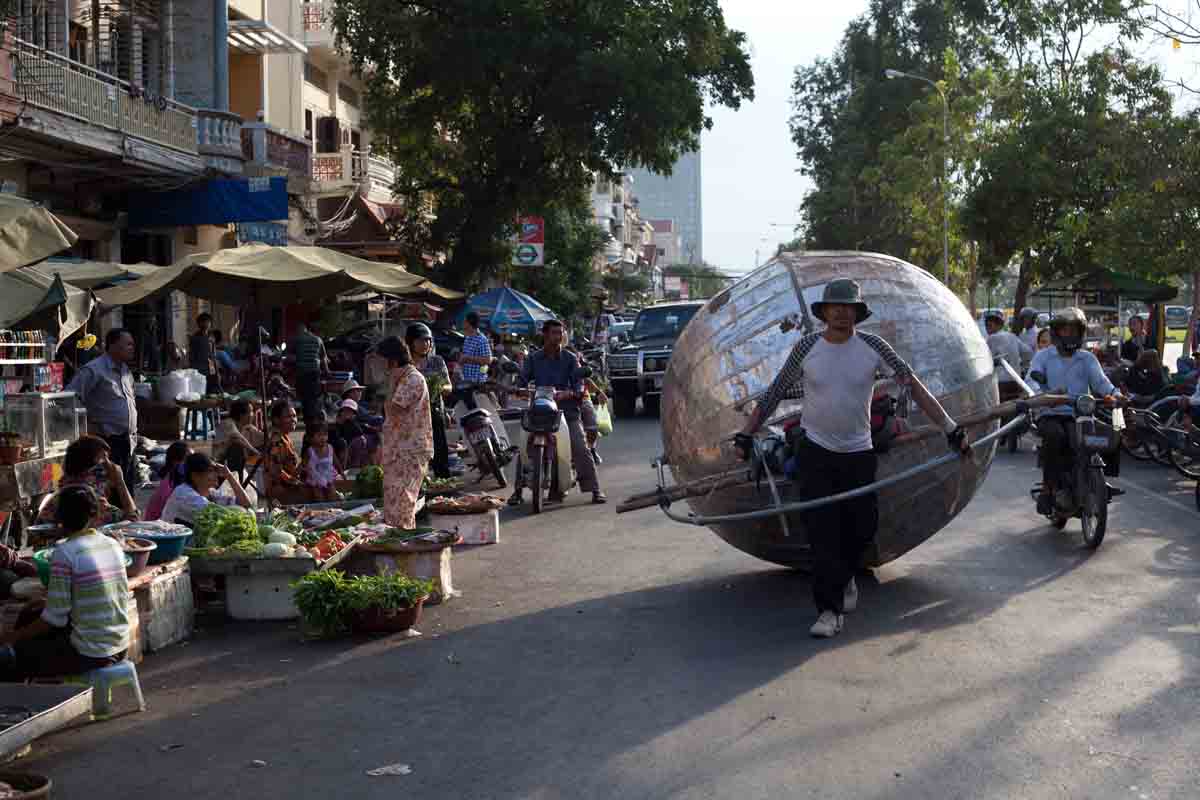New York has the Statue of Liberty, London has Nelson’s Column and Kep has The Crab. But don’t let these monuments mislead you: New York encloses as much as it liberates; Nelson is not the only man to have saved London’s arse and you don’t have to eat crab if you go to Kep.
And it wouldn’t be so atrocious if you didn’t. Really. The seaside resort of Kep is becoming something of a hotspot for expats, locals and increasingly more tourists. Demand on Kep’s famed crab is immense. One part of the shore is lined with restaurants, which all feature crab as their main dish. Further along is the crab market, where women haul their catch several times a day. The pressure on Kep crab is mounting, which is why it might be a good idea to diversify your culinary experience of the province.
The Sailing Club is an obvious alternative. Offering tables on a platform which juts into the sea, you can smell the ocean and feel its spray as you munch down on a crab-free lunch or dinner. The kitchen serves up the old favourites: chicken and beef burgers, steak sandwiches and BLTs, soups and pastas, with some Khmer specialties thrown in as a reminder of where you are (the whisky-topped cabinets, the stone-walled beach and the sun-bleached decking are positively southern European).
And if you thought the Sailing Club was a break from the bustling energies of the crab market, or any Khmer market for that matter, try out its next-door neighbour. The owners of Knai Bang Chatt know they have created a small wonderland. To get to the restaurant from the Sailing Club you walk through a doorway cut into a heavy wooden gate, not unlike those you’d expect to see set into a medieval castle. Across the lawn, bordered by an infinity pool and bungalows on one side and an ocean view on the other, is the restaurant. Named The Strand, it serves unique dishes with a view towards local delicacies and fine tastes.
The menu changes daily, but expect to see a sorbet and soup course on top of your starter, dessert and main. Bearing in mind the cost of eating so well, the bill is relatively easy to bear: two courses can be rounded to $16 and three, $20. A full menu is $29, or you can simply pay per dish. Something to bear in mind: the dishes are sometimes safe, sometimes a little experimental and sometimes rich.
Finally, a well-kept secret about to be blown out of the water: for a sunset over Kep which is unsurpassed in beauty, enjoyed with a can of Angkor and a chocolate-banana-and-peanut pancake, there is nothing quite like Led Zep Café. Its sporadic opening times mean stumbling up the mountain might be futile, but to arrive at the top and discover the rope across the wooden bridge pulled aside is worth every drop of sweat.
Head up at 5:30pm, take a seat on the balcony and order from a small but delicious (and deliciously cheap) menu. This is an establishment which gives you what you want: ’80s synth music plays out the end of the day against a symphony of colours.
The Sailing Club and Knai Bang Chatt, Phnum Thmey Sangkat Prey Thom Kep
Led Zep Café, Kep National Park

